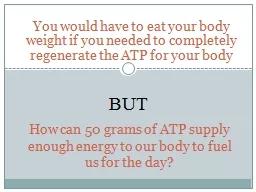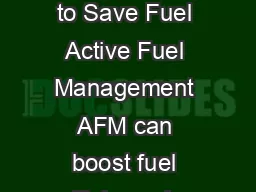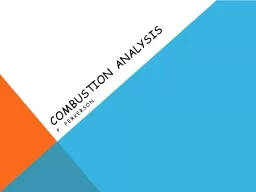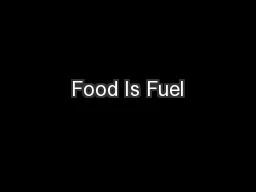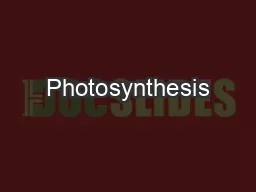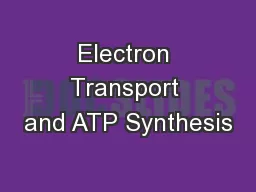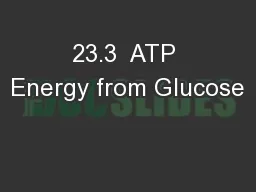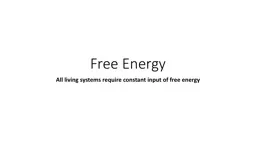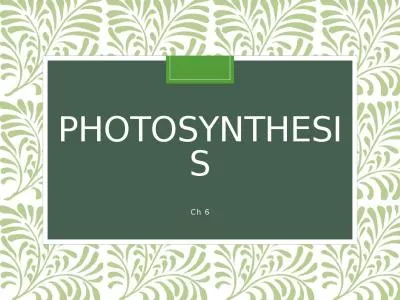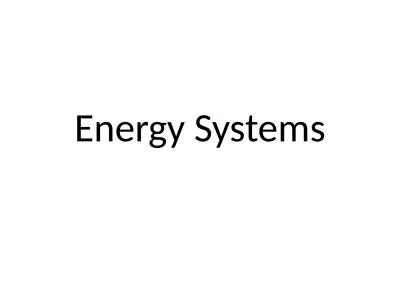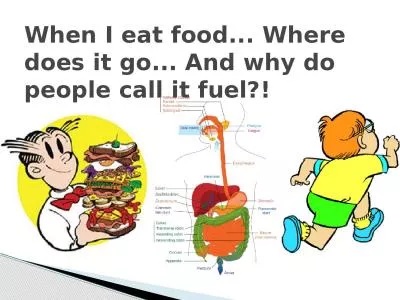PPT-How can 50 grams of ATP supply enough energy to our body to fuel us for the day?
Author : helene | Published Date : 2022-06-18
You would have to eat your body weight if you needed to completely regenerate the ATP for your body BUT Enzymes Chemical Reactions are represented by chemical equations
Presentation Embed Code
Download Presentation
Download Presentation The PPT/PDF document "How can 50 grams of ATP supply enough en..." is the property of its rightful owner. Permission is granted to download and print the materials on this website for personal, non-commercial use only, and to display it on your personal computer provided you do not modify the materials and that you retain all copyright notices contained in the materials. By downloading content from our website, you accept the terms of this agreement.
How can 50 grams of ATP supply enough energy to our body to fuel us for the day?: Transcript
Download Rules Of Document
"How can 50 grams of ATP supply enough energy to our body to fuel us for the day?"The content belongs to its owner. You may download and print it for personal use, without modification, and keep all copyright notices. By downloading, you agree to these terms.
Related Documents

